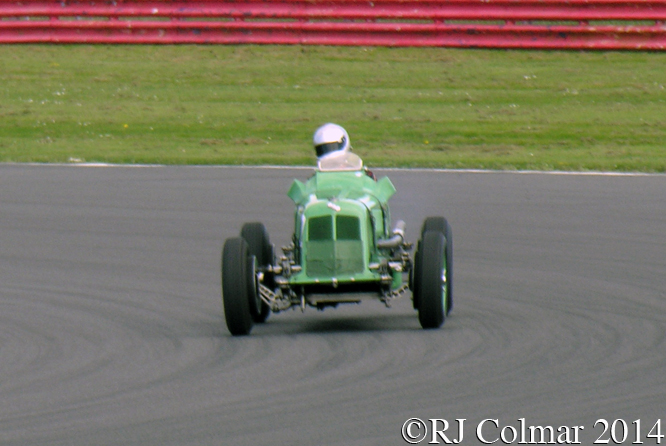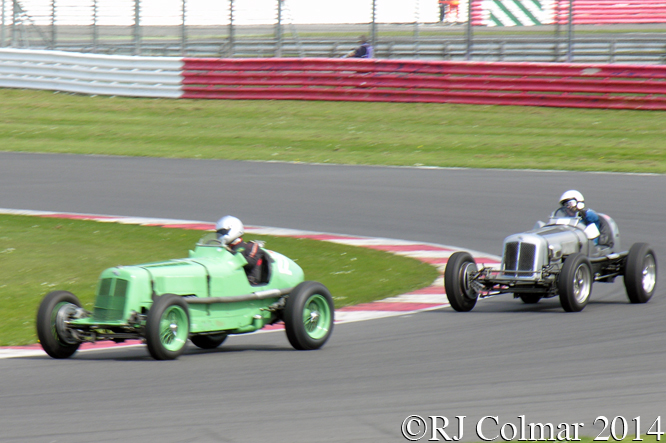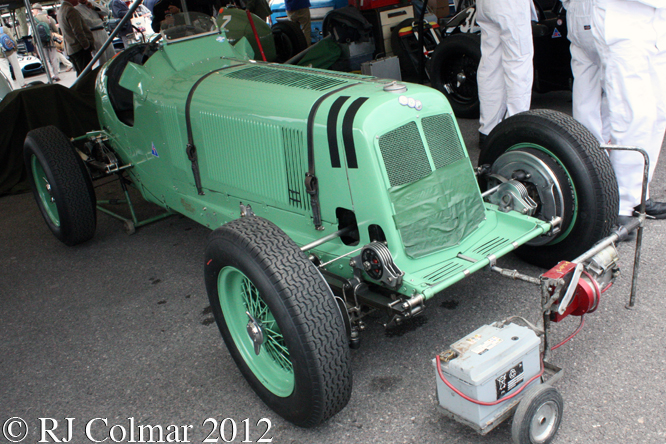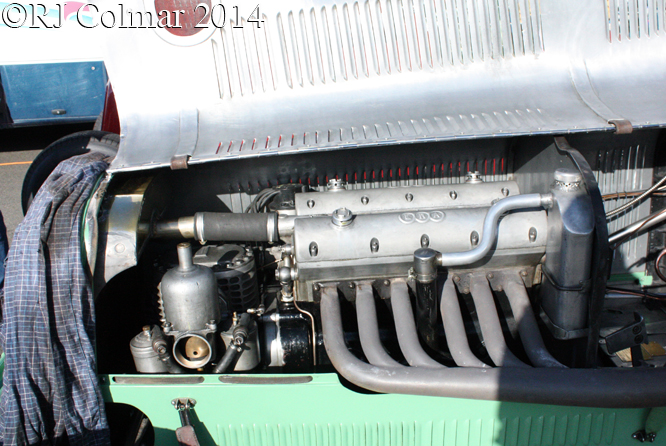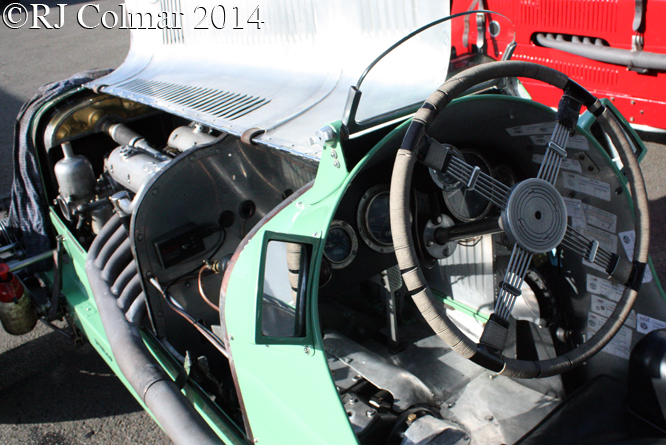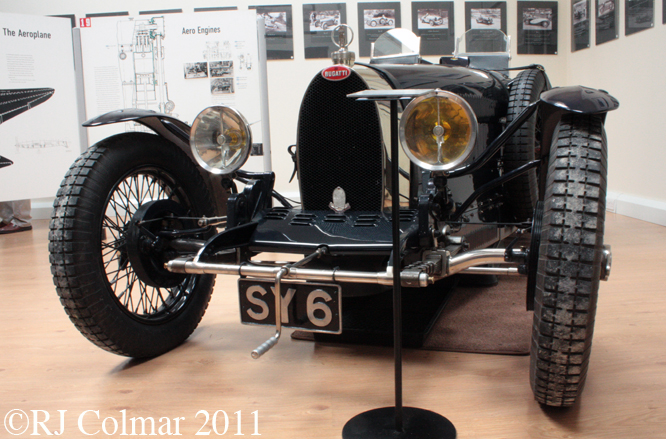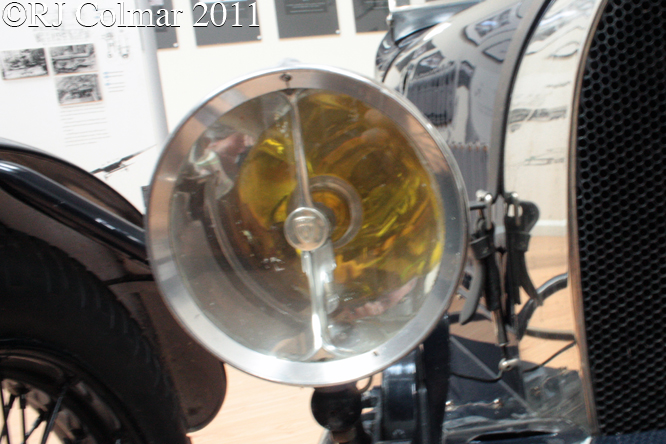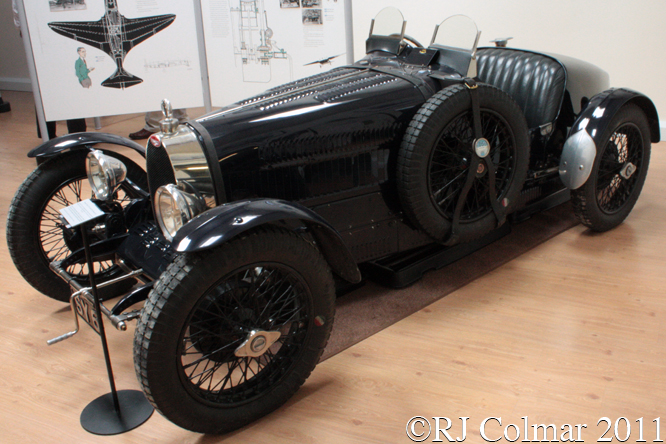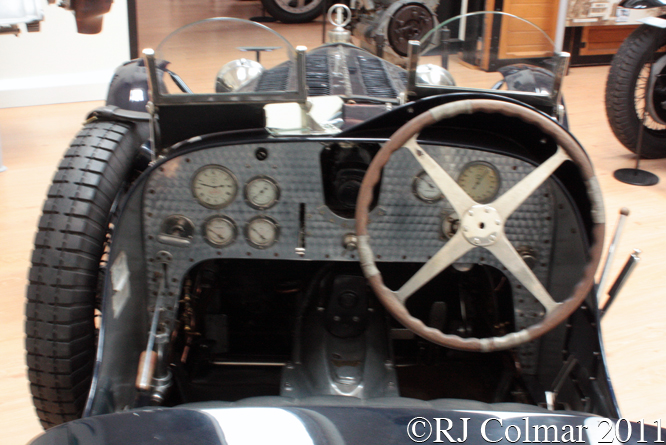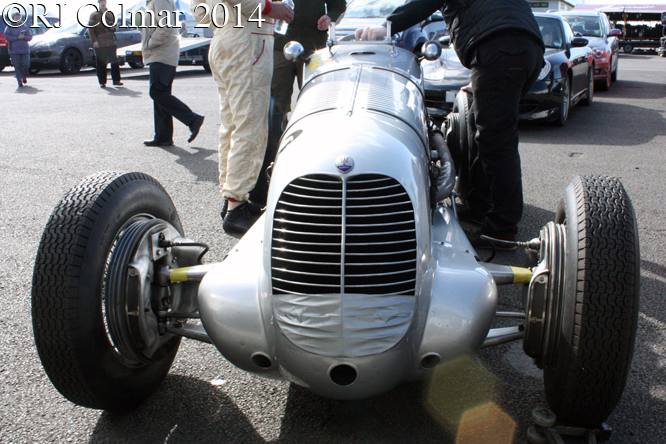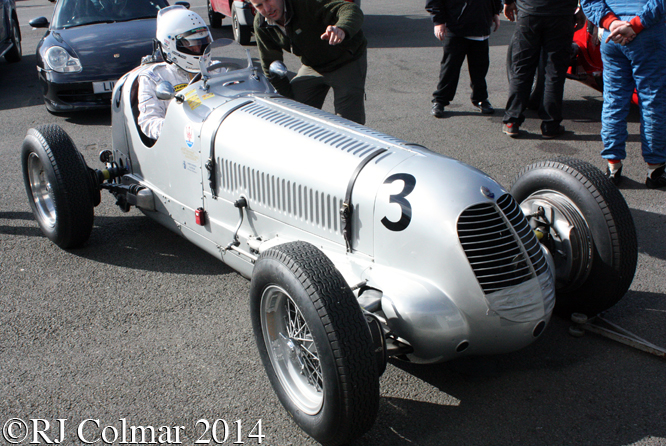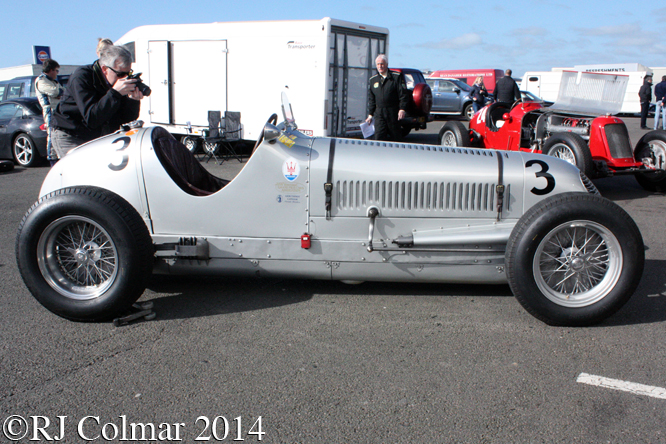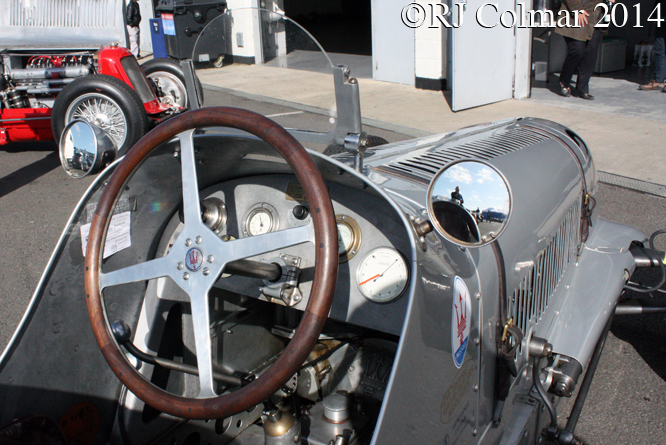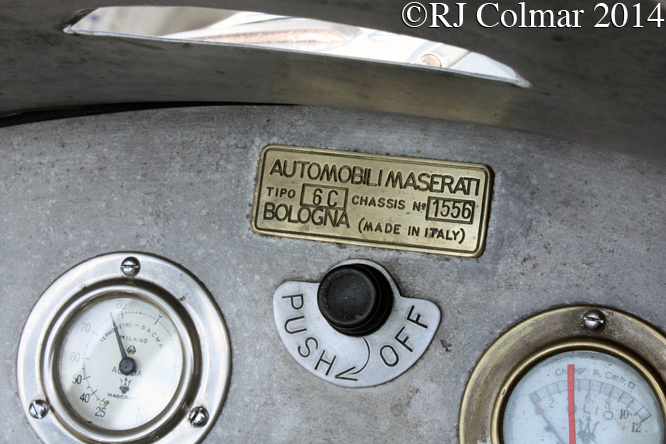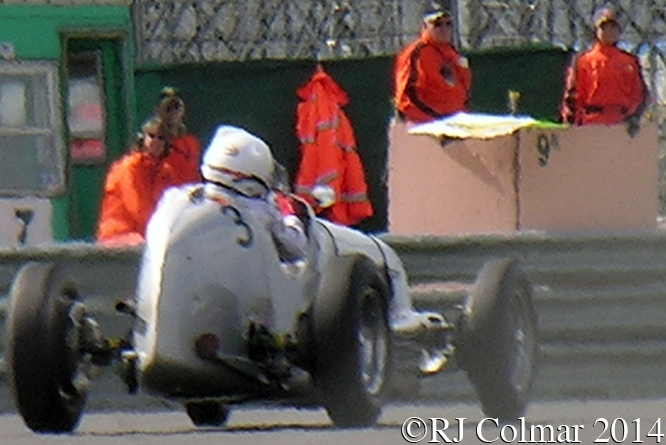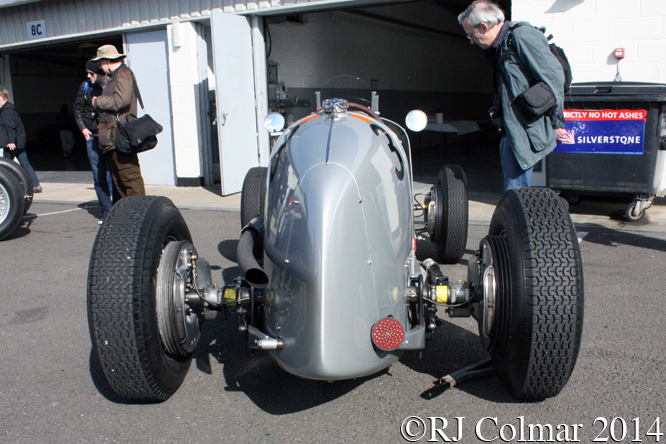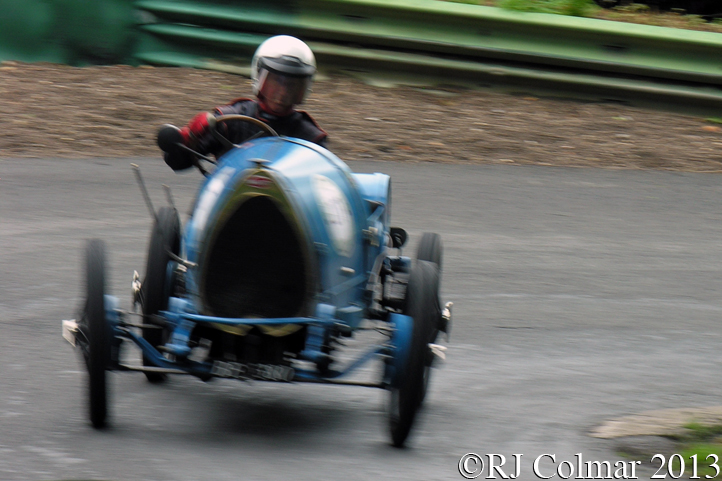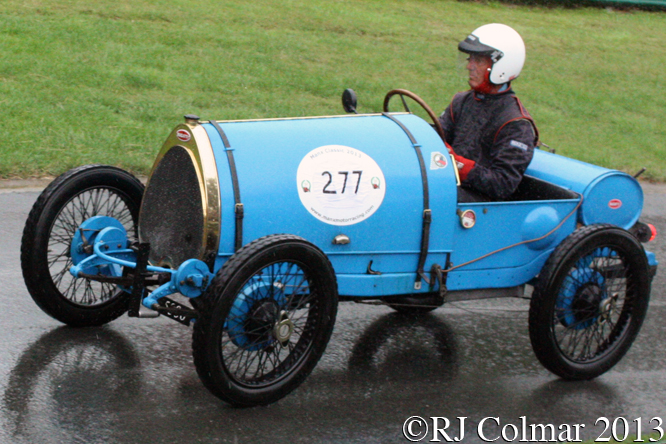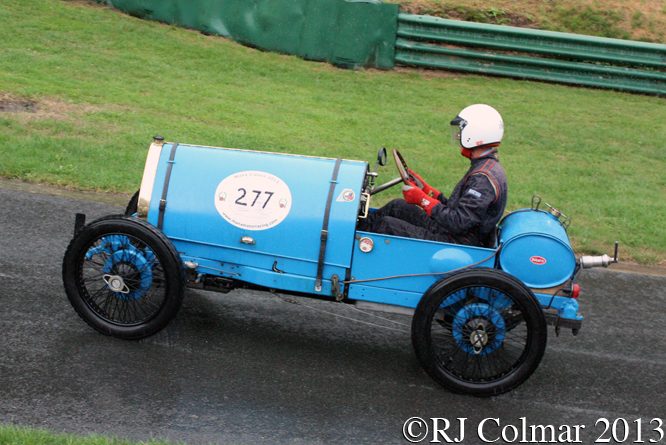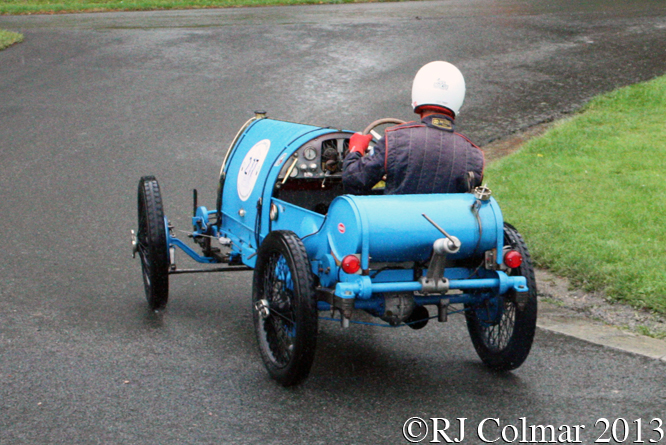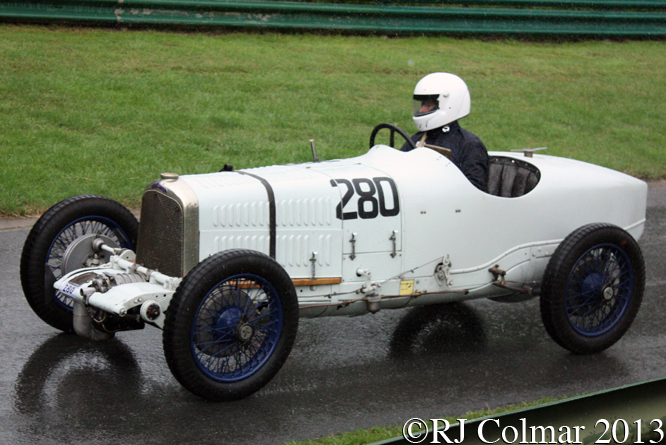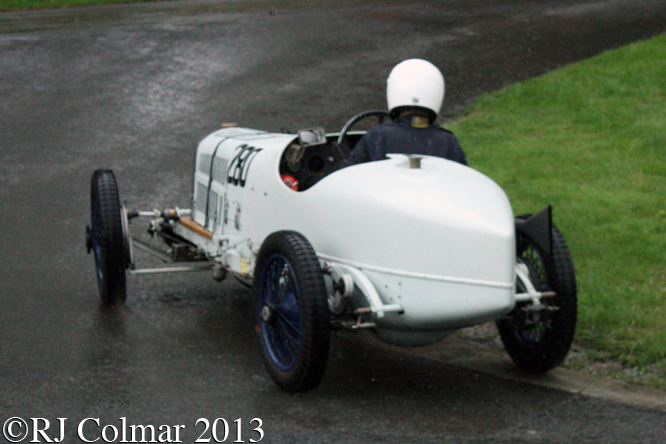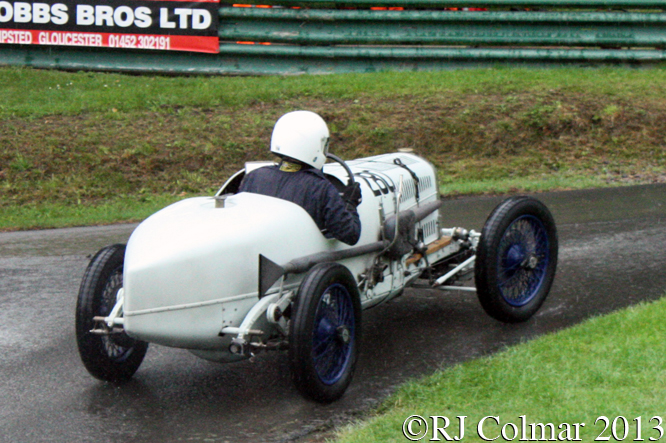In 1925 the Association Internationale des Automobile Clubs Reconnus (AIACR), an international association of motor clubs founded in 1904, organised the first World Manufacturers’ Championship with four qualifying events, the Indianapolis 500, Belgian Grand Prix at Spa, French Grand Prix at Montlhéry and Italian Grand Prix run at Monza.
For the 1925 season Delage were running 2LCV V12 2 litre / 122 cui powered cars designed by Charles Planchon who after the cars initial failure in 1923 was replaced by Albert Lory who added twin superchargers and developed sufficiently for Robert Benoist and Louis Wagner to finish first and second in the 1925 French Grand Prix.
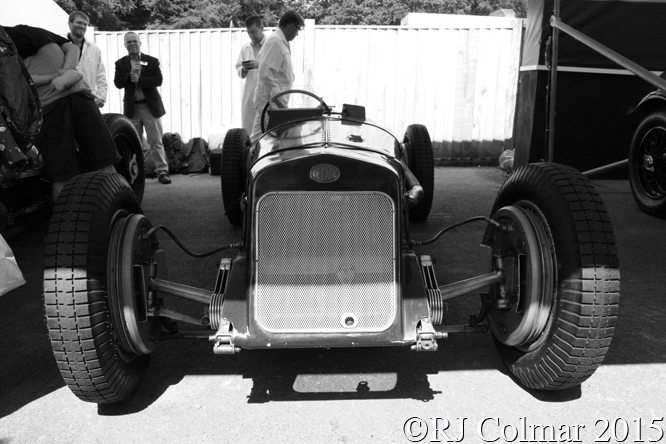
The inaugural World Manufacturers’ Championship was claimed by Alfa Romeo with wins for Antonio Ascari and Gastone Brilli-Peri in Belgium and Italy respectively, both driving Alfa Romeo P2’s.
For 1926 the rules for the second World Manufacturers’ Championship mandated a down size to 1500 cc / 91.5 cui engine’s for which Albert Lory designed the 170hp twin supercharged 15 S8 with a straight 8 engine and five speed gearbox.
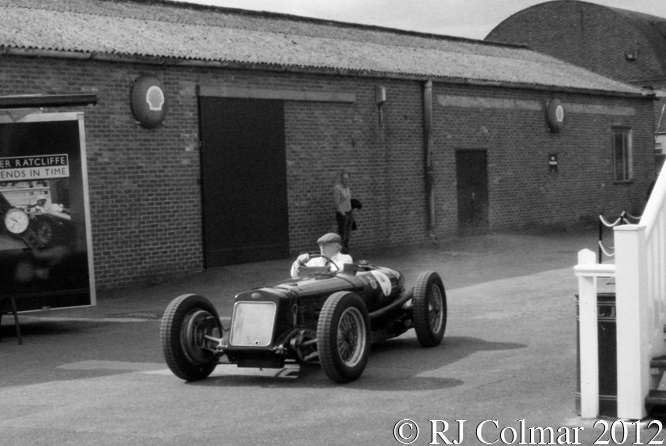
Bugatti won the 1926 championship, Jules Goux winning the French Grand Prix and Spanish Grand Prix with Louis Charavel also driving a Type 39A to victory in Italy.
A Delage 15 S8 driven by Robert Sénéchal shared with Louis Chiron won the first Royal Automobile Club Grand Prix run at Brooklands in 1926.
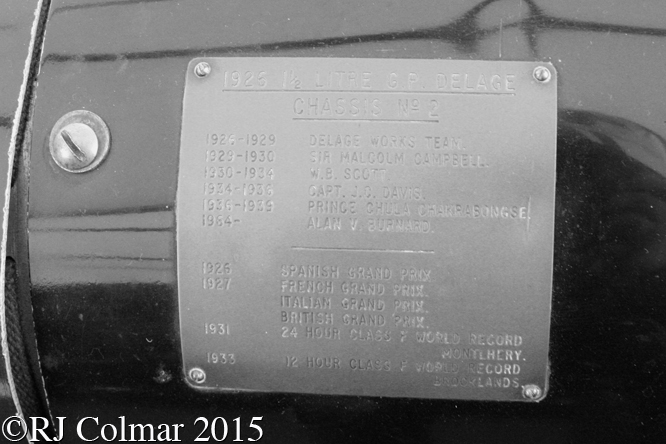
For 1927 Delage entered their 15 S8 models modified to run with a single super charger in all four European rounds of the World Manufacturers’ Championship.
Delage won all four races to secure what turned out to be the last World Manufacturers’ Championship to be awarded by the AIACR.
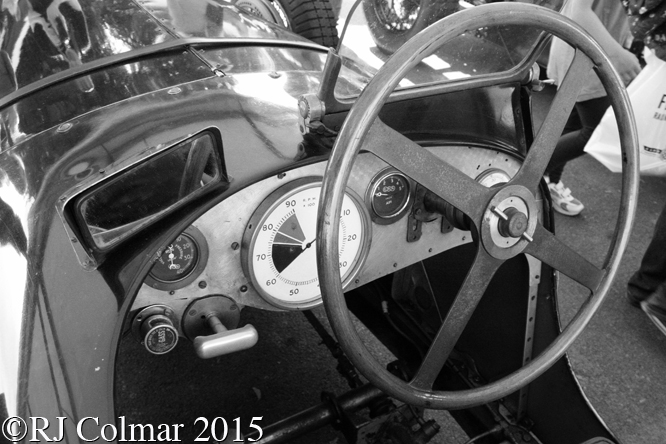
Remarkably Robert Benoist was at the wheel of the winning car in France, Spain, Italy and finally at Brooklands, where he drove today’s featured chassis No.2 to victory lane.
By the end of 1927 Delage was virtually bankrupt and the company had to re focus it’s attention on building road cars and abandon racing in a works capacity.
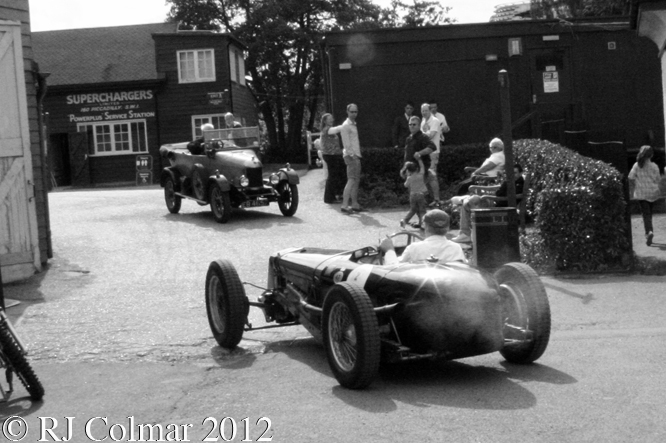
In 1936 a young Richard Seaman made a name for himslef driving a carefully rebuilt 10 year old 15 D8 to numerous victories over new models from ERA and Maserati.
Chassis No.2 seen here was bought by Malcolm Campbell in 1929 who sold it on to W B ‘Bummer’ Scott who set Class F 24 Hour World Record and 200 Mile World Records respectively at Montlhéry in 1931 and Brooklands in 1933.
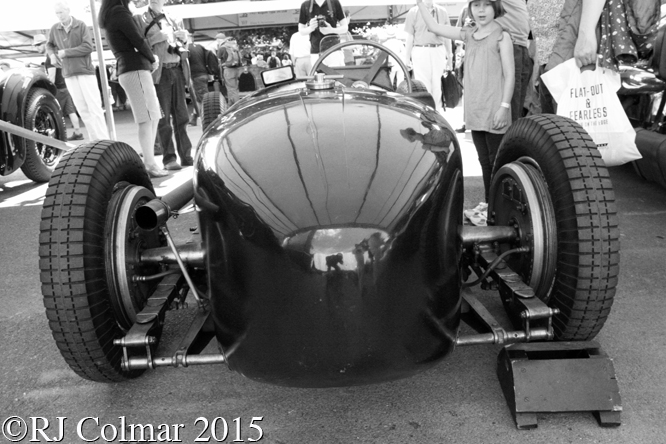
Prince Chula of Siam, cousin and entrant of “B Bira” was the next owner of the car from 1936 to 1939, hoping to emulate the fortunes of Richard Seaman the White Mouse Racing attempted an ultimately unsuccessful modernisation.
Alan V Burnard acquired No.2 in 1964 and was responsible for restoring it to it’s current condition having temporarily fitted an ERA engine and ENV pre selector gearbox.
After sourcing and rebuilding a correct type 15 S8 the ERA engine was replaced but the ENV gearbox remained, Alan Burnard generously bequeathed No.2 to the Brooklands Museum, where the car is seen in the 2nd and 5th photographs, upon his death in 2012.
Thanks for joining me on this “GP Winning Record Breaking” edition of “Gettin’ a li’l psycho on tyres” I hope you will join me again tomorrow. Don’t forget to come back now !


